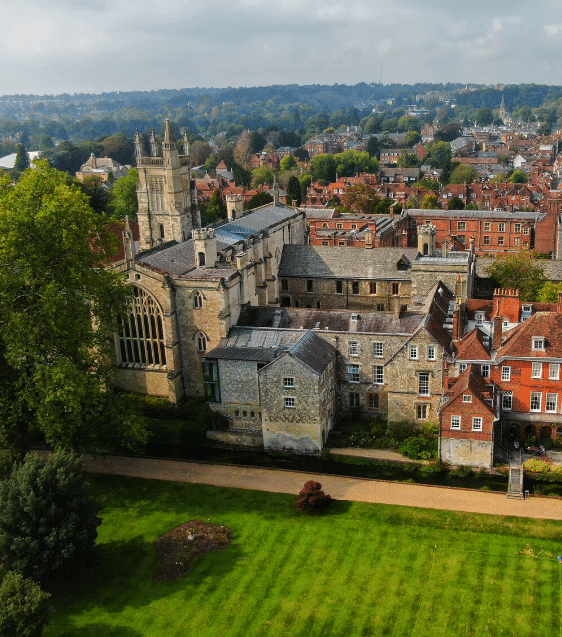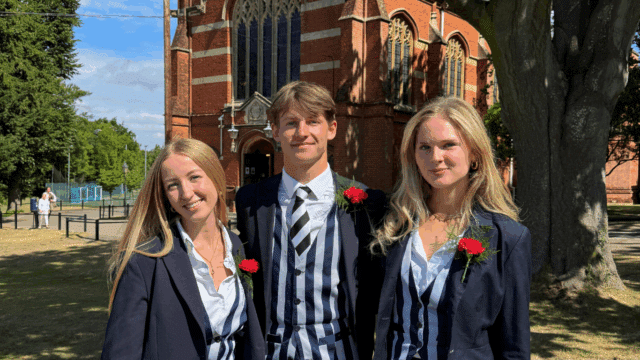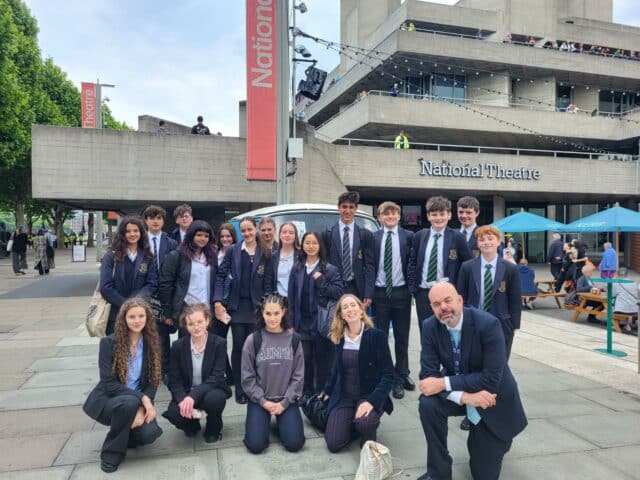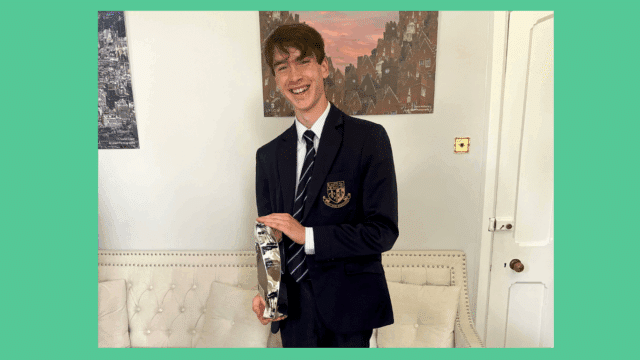Straight after we arrived, we were provided with a tour of the school and some lunch, followed by the first event: a lecture on the handling of race in Cuban literature by the brilliant Professor María del Pilar Blanco of Trinity College, Oxford.
The lecture was engaging, interactive, and extremely insightful – it delved into the rich history of Cuba as an island with diversity fundamental to its culture, from the slave trade to the revolution, giving us a nuanced history lesson that covered eugenics, racial bias, protests, contemporary literature and poetry, and much more. Above all else, it had us asking ourselves questions, and encouraged us to debate and form our own informed opinions on the topic.
Next, there was the carousel.
We were split into groups and given an order in which to attend each 20-minute activity after a short break for tea and cakes. First off for me was a discussion on the difference between surrealism and magical realism, where we looked at pieces of Latin American art and literature and tried to place each one into a category – abstract, but thought-provoking.
Next was an activity on symbolism in El coronel no tiene quien le escriba (No One Writes to the Colonel), a highly influential novella written by the Colombian writer Gabriel García Márquez which was a criticism on the corruption and injustice of the Colombian government. It involved translating quotations from the novella and deciding which overarching symbol they contributed to and why, which required us to understand not only the advanced vocabulary but also the socio-political context in which it was written.
For the next activity, we were presented with Diego Rivera’s mural Sueño de una Tarde Dominical en la Alameda Central (Dream of a Sunday Afternoon at Alameda Central Park) and discussed its commentary on Mexican society and identity through its depiction of famous people and events. My final activity was a quiz on Spanish and Latin American culture, geography and history, where we tried out our conversational Spanish skills and had some fun with it too.
Overall, not only was this an opportunity to meet new people also studying Spanish at A-level and learn information relevant to the course, but it was a well-constructed, fast-paced and intellectually stimulating experience I’d recommend even if you aren’t studying Spanish – it covered a wide scope of Hispanic countries and cultures in a digestible, enjoyable way and left me much more informed and opinionated on conversations about Latin American history and literature than I had been before.
By Lara Cassini, Lower Sixth





